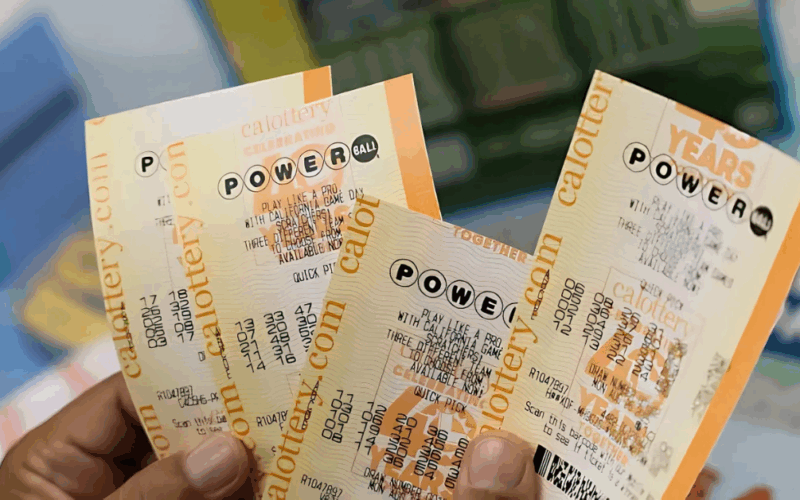New York, NY – The excitement is building as the Powerball jackpot soars to an estimated $1.1 billion for the upcoming Labor Day drawing. This monumental prize marks this year’s largest lottery prize and ranks as the fifth-largest Powerball jackpot ever. While the prospect of becoming a billionaire is electrifying, potential winners should be aware that the actual amount taken home could be substantially less after various taxes are applied.
With staggering odds of one-in-292.2 million to win, the lucky ticket holder matching all five white balls and the red Powerball will face important decisions about how to claim the prize and what to expect after taxes.
What the $1.1 Billion Jackpot Means for Winners
The jackpot winner has two payout options to consider:
- Thirty annualized payments averaging about $23.1 million each, spread over three decades.
- A one-time lump sum cash payout, estimated at approximately $498.4 million, generally the preferred choice.
However, federal taxes significantly impact these amounts. The lump sum payout is subject to an immediate 24% federal tax withholding, bringing the amount down to at least $378.7 million. Depending on the winner’s total taxable income and deductions, the federal marginal tax rate could be as high as 37%, potentially reducing the payout further to around $313.9 million.
The annual installments would also be taxed at the federal level, with an average after-tax value considering the 37% rate.
State Taxes and Their Impact on Winnings
Beyond federal taxes, lottery winnings are also subject to state taxes, which vary widely across the country:
- New York imposes one of the highest state tax rates on lottery winnings, at 10.9%, which could amount to an additional deduction of about $54.3 million.
- Arizona taxes winnings at a comparatively low rate of 2.5%, reducing the prize by approximately $12.4 million.
- States such as Florida, California, and Texas do not tax lottery winnings at all, allowing winners in those states to retain more of their fortune.
Upcoming Lottery Draws to Watch
The next Powerball drawing is scheduled for Monday night, another opportunity for hopefuls to try their luck. Not far behind, the Mega Millions lottery holds its next drawing with a jackpot of $302 million set for Tuesday. Mega Millions winners choosing the cash option can expect about $136 million, which after federal tax withholding shrinks to roughly $103.3 million or $85.6 million depending on tax rates.
Record-Breaking Jackpots and Rule Changes
This $1.1 billion jackpot is notable as the fifth-largest in Powerball history. Interestingly, the previous year saw even higher and similarly massive jackpots—the fourth-largest jackpot of $1.3 billion and the seventh-largest at $842 million were drawn in April and January 2024, respectively.
Recent changes in lottery rules have influenced these towering jackpots. For instance, Powerball’s 2015 rule changes increased the number pool for white balls, adjusting the odds from one-in-175.2 million to one-in-292.2 million, effectively raising the jackpot ceiling.
Similarly, Mega Millions’ 2025 changes enhanced the odds for winning any prize from one-in-24 to one-in-23 by removing a “Mega Ball” from the drawing pool, simultaneously improving the jackpot odds from one-in-302.6 million to one-in-290.4 million.
“These game modifications have resulted in record-setting jackpots, but potential winners should always consider tax implications carefully before claiming their prize,” said lottery expert Tyler Roush.
For more detailed information and expert analysis, visit the full report at Forbes.
Key Takeaways for Lottery Players
- Jackpot prize: $1.1 billion for Labor Day Powerball drawing.
- Lump sum cash option: Approx. $498.4 million before taxes.
- Federal tax rates: 24% withholding minimum; top marginal rate 37%.
- State taxes: Vary from 0% in some states to 10.9% in others.
- Odds of winning: 1 in 292.2 million.
Whether you’re dreaming of hitting the jackpot or just curious about how lottery winnings break down after taxes, understanding these key factors can help you plan better and manage expectations for this massive prize.




